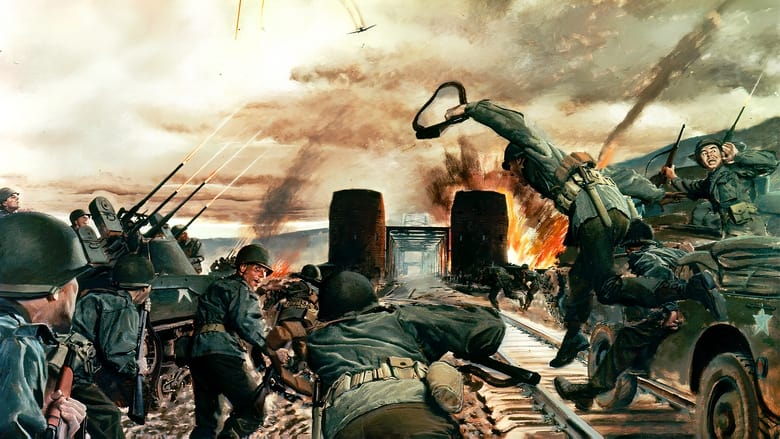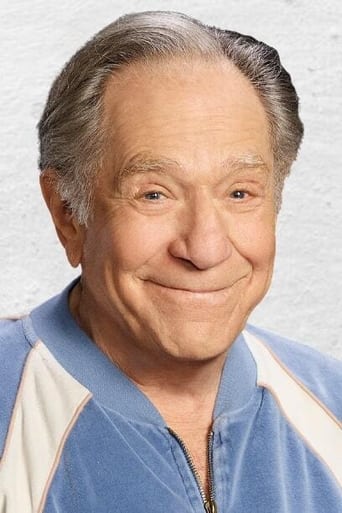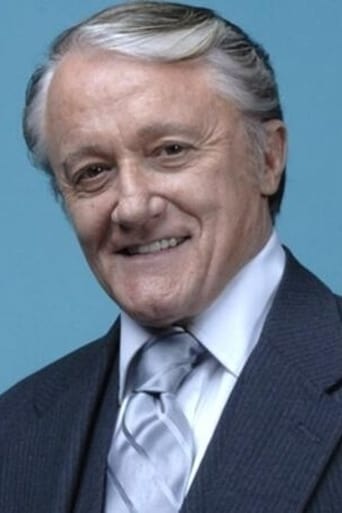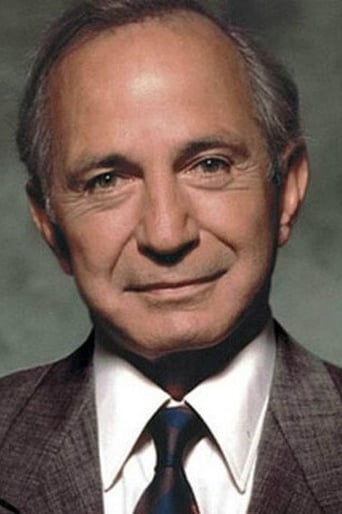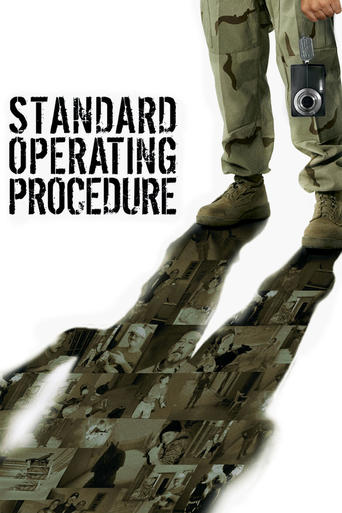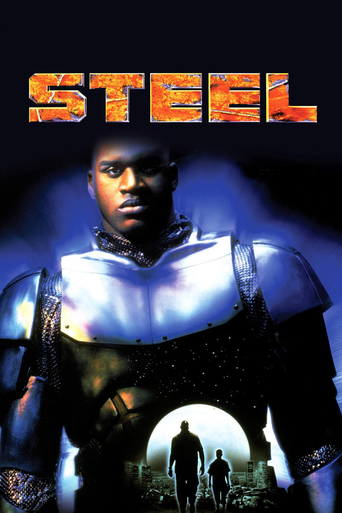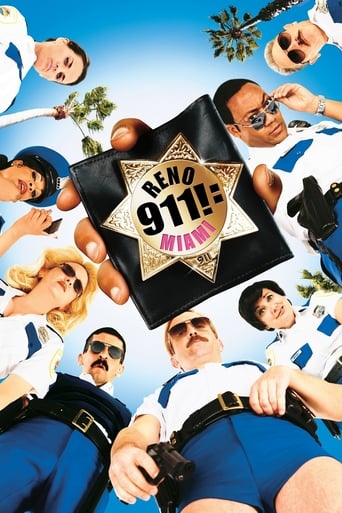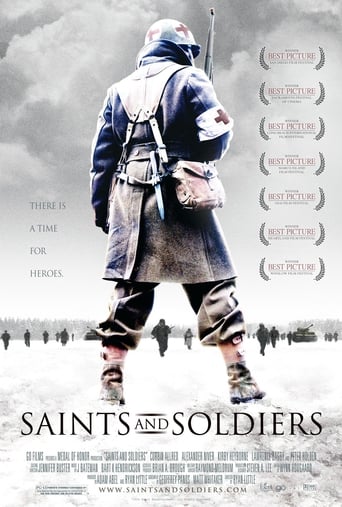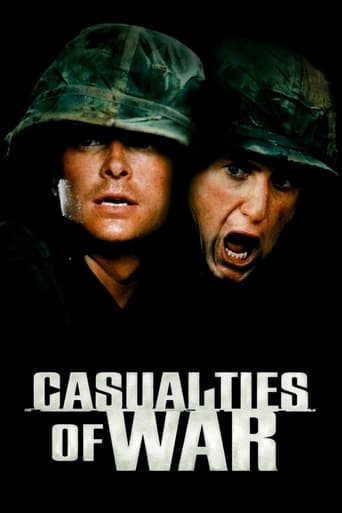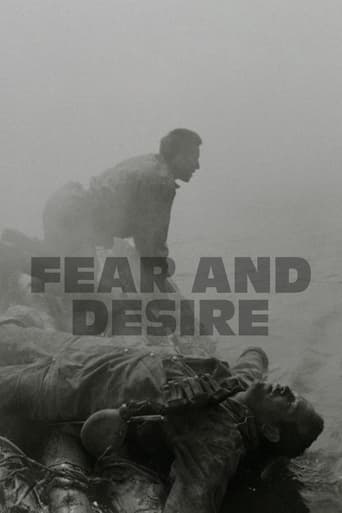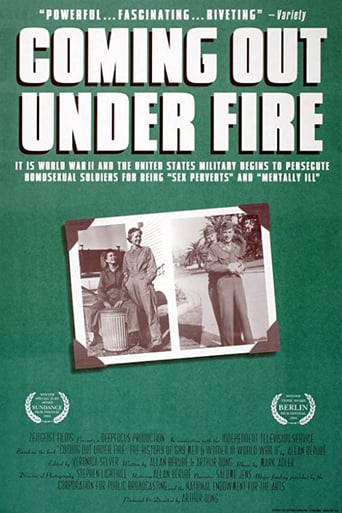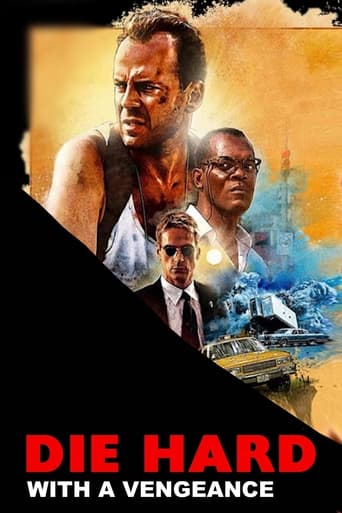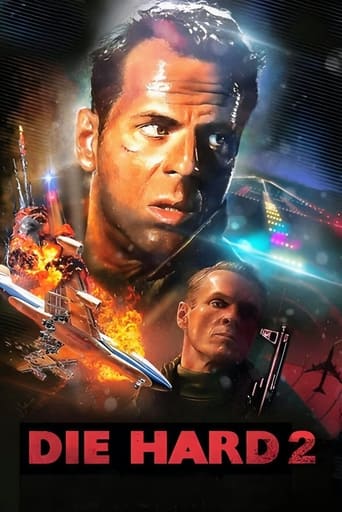The Bridge at Remagen (1969)
In March of 1945, as the War in Europe is coming to a close, fighting erupts between German and American troops at the last remaining bridgehead across the Rhine.
Watch Trailer
Free Trial Channels
Cast


Similar titles
Reviews
I like the storyline of this show,it attract me so much
Very well executed
everything you have heard about this movie is true.
Blistering performances.
It's interesting to look back and see the development of war films over the decades since movies began being made. Early films showed us acts of heroism or were used as propaganda to promote war interests and boost the morale of people at home. In the fifties and sixties the war film began to slightly alter. There were plenty of movies still being made but stories focused on the homecoming of soldiers as well as events that happened. Even those movies began to alter as the war in Vietnam raged and suddenly the clean uniformed scenes of battle opened up to more gritty glimpses into what took place. The seventies led us into a look at war at its ugliest and also at the effects it imposed on those who fight. That was the standard until the last decade or so when we've seen a melding of all of these types of films, a good thing in my opinion, because the truth is indeed an amalgamation of all these points of view. But one of the first films in the sixties to begin that melding was THE BRIDGE AT REMAGEN.Based on the true story of that bridge the film takes place during WWII. The German Army has been all but defeated and most of those in charge realize this. As they army retreats bridges are being blown up all along the river ways to prevent the invasion of Germany by the allied forces. The only bridge remaining is that in Remagen.The film is told from both sides of the story. On the allied side leaders send their men in without care for their morale or the fatigue they feel. This is a chance to cut off nearly 10,000 German soldiers from their homeland and capture them. Tired, worn down and promised over and over again that they'll get a break, a group led by Lt. Phil Hartman (George Segal), a battle weary but well informed leader, is pushed first to retake a town and then push even further on to take the bridge by Maj. Barnes (Bradford Dillman), a career officer who sees little of the battle from behind his command post while ordering others to move forward. Among the group under Hartman's command is Sgt. "Angel" Angelo (Ben Gazzara), a soldier looking to do well financially from the war by collecting items from the dead German soldiers he comes across. This doesn't sit well with Hartman and the two come into conflict from time to time.On the other side we are presented with Maj. Paul Kreuger (Robert Vaughan). Kreuger is just back after a serious injury and given the job of blowing up the bridge at Remagen. Both he and Gen. Von Brock (Peter Van Eyck) disagree with the commands they receive from headquarters, more concerned with trying a last ditch effort to rescue the soldiers still on the other side of the Rhine river. But the high command doesn't care, mistakenly feeling they can lose those soldiers and still win the war. Kreuger puts the charges in place to blow the bridge but holds off until the last minute before doing so.These two stories move along at a steady pace with tons of battle sequences to press them forward. The intersecting of the two tales is what fills the final third of the film. What makes this movie different from most is that early war films had groups of men together fighting a common enemy and few were killed in the line of duty. This film shows that this wasn't the case in reality. Men die. The body count climbs as commanders at a safe distance, on both sides, send out commands to their men to win at all costs. And those costs are the bodies of those same men.The film is a solid war film and much better than I remember it having seen it as a child when it was first released. Both Segal and Vaughan present characters on both sides of the issue that have honor in their blood but are forced to follow orders. The supporting casts does an equally impressive job, bringing to life characters that you care about. John Guillermin's direction is some of his best in a career that included THE BLUE MAX and THE TOWERING INFERNO. Once more Twilight Time offers the cleanest and best looking copy of this film that can be found. Extras this time around are light and include the isolated music track and original theatrical trailer. As always the number of copies they are offering are limited so if you are at all interested make sure you pick one up before they're gone.
Although The Bridge at Remagen is a highly-fictionalized account of the actual events leading up to the U.S. 9th Armored Division's approach to secure and capture the bridge during the last months of World War II , this film is extremely well done. With outstanding, solid lead performances delivered by George Segal, Robert Vaughn, Ben Gazzara and fine supporting acting by E.G Marshall, Bradford Dillman, Peter Van Eyck, and those familiar with actress Anna Gael, will find her brief performance titillating.The film is full of griping action, with a balance of the emotionally, frustrating tension suffered by the Americans and Germans, as they struggle to follow a series of exasperating orders from their commanders while enduring the grisly conditions of war. Directed by John Guillermin and filmed on location in Czechoslovakia with an excellent music score by Elmer Bernstein, this 1969 film has held up well and is still very entertaining to watch.
Released in 1969 THE BRIDGE AT REMAGEN is a gritty action packed war movie. Produced by David L. Wolpor and beautifully directed by John Guillermin the picture has, over the years, gained something of a cult status and besides being a great favourite with collectors is regarded as one of the more memorable war classics of cinema. Released through United Artists it was photographed in Panavision and colour to dazzling affect by Stanley Cortez and is underlined throughout with a super gutsy score by the always welcome Elmer Bernstein. Also of note is the location filming. It was filmed in 1968, not in Germany, but in Czechoslovakia which wonderfully doubled for Germany with the Remagen Bridge scenes shot at Davie on the Vitava River using the old bridge where fake towers were constructed.It is the closing weeks of WW2 and the only escape route for Germany's 15th. Army is across the Obercassell Bridge over the Rhine at Remagen. But Berlin wants it destroyed in case the Americans can put it to their own use. Germany's General Von Brock (Peter Van Eyck) instructs Major Paul Kreuger (Robert Vaughan) to blow it up but to delay its destruction as long as possible so as to facilitate most of the 75,000 retreating German troops who will be crossing the bridge. Meanwhile the Americans under acting C.O. Lt. Phil Hartman (George Segal) head towards the bridge to destroy it. But later however Brig. Gen. Shinner (E. G. Marshall) changes his mind and decides not to destroy it but to secure it instead. The picture ends with the Americans storming the bridge and taking it.Performances are superb from all concerned. Taking the lead is George Segal as the laid back cynical but dutiful C.O. Usually cast in romantic comedies this was a real departure for the actor and is the best thing he has ever done. Excellent too is Robert Vaughan as the ill fated German commander desperately trying first to save the bridge then failing to destroy it and Ben Gazzara as Angel the colourful brash and thieving Sergeant. Those in smaller roles are also outstanding like Bradford Dillman as the the self absorbed Major detested and distrusted by his company and the always impressive Peter van Eyck as the General of the German high command. This was to be Van Eyck's final screen appearance. He died the same year from Sepsis at the age of 54. And carrying the whole thing along is the rollicking score by the always pleasing Elmer Bernstein. Best known for his many scores for westerns the composer here turned in a powerful score of great depth and excitement. His main theme is a dramatic martial statement which segues into a reflective melancholy theme pointing up the plight of the many hapless refugees trying desperately to cross the bridge to safety and not forgetting the bold and engaging trumpet theme for the German Command. The score is Bernstein's best work for a war movie.THE BRIDGE AT REMAGEN is a gripping and exciting well produced war epic and hasn't dated at all since it was made in the sixties. It remains one of the best post war movies of its kind,An ironic postscript on the final frame of the movie reads -"Ten days after the Americans captured the Obercassell Bridge it collapsed and fell into the Rhine".
Competent war movie benefits from its distinguished cast led by George Segal as the tired unit leader given instructions to prevent the Germans from destroying the Remagen bridge, which is vital to the allies advancement. His nemesis Major Paul Kruger (Vaughn) is similarly under pressure from his superiors to repel the allies, but questions the tactics and futility, his unpopular opinions quietly shared by another battle-weary German officer leading them both into harm's way within their own establishment.Robert Vaughn, while miscast as Kruger, doesn't hamper the overall impact. He adopts all the mannerisms and props, but it's his character's conscience and complexities that go beyond the stereotypical Nazi veneer. Key supporting cast includes Gazzara as the rebellious sergeant Angelo (profiting from the war whenever and however he can), Bradford Dillman as the by-the-book major with whom Segal frequently clashes, and Peter Van Eyck as the sympathetic German officer, a clichéd role (the reluctant soldier) but well undertaken."Bridge at Remagen" boasts some top notch action sequences and stunt-work, along with the occasional human touch that elevates it beyond casual war fodder. Gazzara in particular is given reasonable depth with his characterisation, and given Segal's ambivalence, could even be considered the central character. Bystanders Anna Gael and Sonia Zeimann are the token females with little to offer but some much-needed testosterone balance (although their roles are sexualised to varying degrees), while a number of reasonably well known actors comprise the bit parts (Bo Hopkins, Robert Logan, Paul Prokop, Matt Clark and Fritz Ford). The film tapers off in the final thirty minutes, but is somewhat resurrected by the finale to which the victors go the spoils, and the defeated treated as pariahs while the firing squad awaits. Gritty, worth a look.


